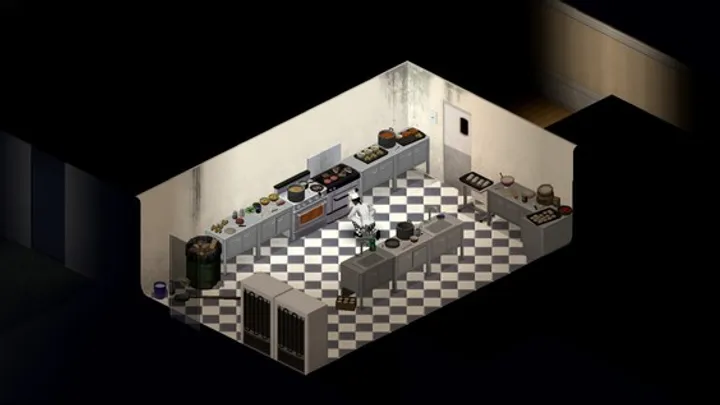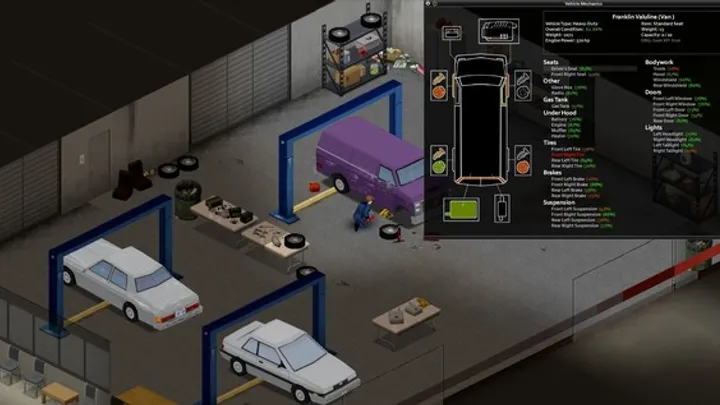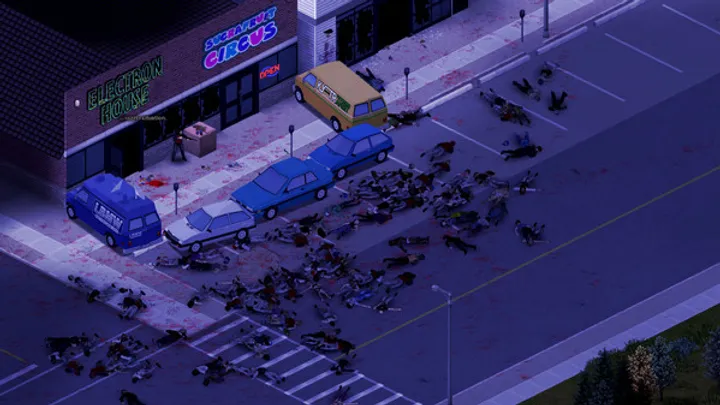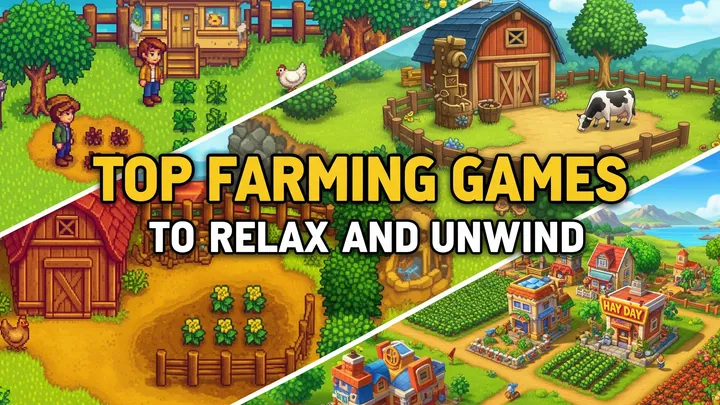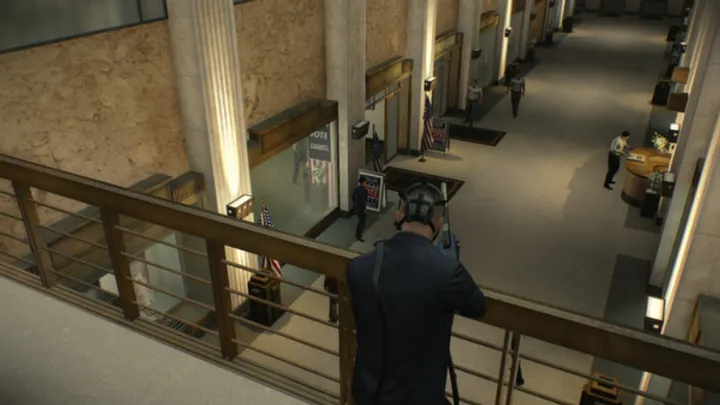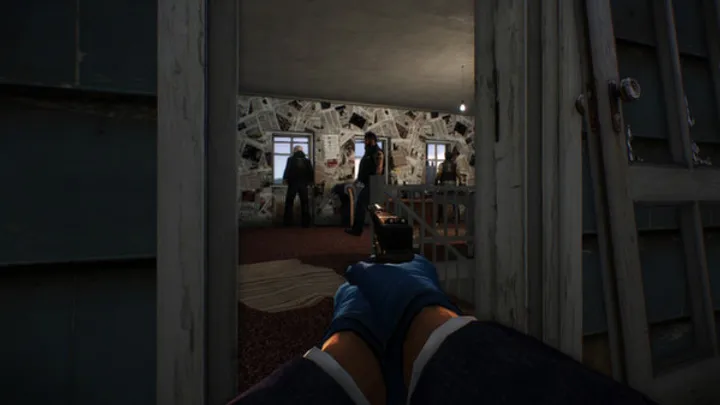At first glance, Candy Riddles seems like another cheerful entry in the match-3 puzzle genre. With colorful candies, cute characters, and charming sound effects, it lures players in with the promise of simple fun. But behind its sugar-coated exterior lies a central issue that defines its longevity: the difficulty curve.
How hard should a match-3 puzzle be? Too easy, and players get bored. Too difficult, and frustration drives them away. Candy Riddles attempts to walk this tightrope, but the results spark debate among its community. In this article, we’ll dive deep into the difficulty dilemma — exploring how it shapes engagement, drives monetization, and ultimately determines whether players stay or quit.
1. The Sweet Start: Early Game Accessibility
Like most puzzle games, Candy Riddles begins with an easy onboarding experience. Levels are simple, matches come naturally, and boosters appear often.
Why the early game works:
- Positive reinforcement: wins are quick and frequent.
- Low barrier: minimal strategy needed, so anyone can play.
- Addiction loop: each cleared level sparks dopamine hits.
This stage creates the illusion of endless sweetness. But it also sets expectations that will later be challenged.
2. The First Spike: When Simplicity Fades
Around mid-game levels, difficulty spikes. Suddenly, players encounter complex board layouts, limited moves, and tricky obstacles.
H3: Key shifts players notice
- Less freedom: fewer easy matches appear.
- New blockers: chocolate tiles, frozen pieces, and restricted zones.
- Reduced boosters: progress feels slower without help.
This is the first moment players realize Candy Riddles is not just casual fun, but a deliberate test of patience and planning.
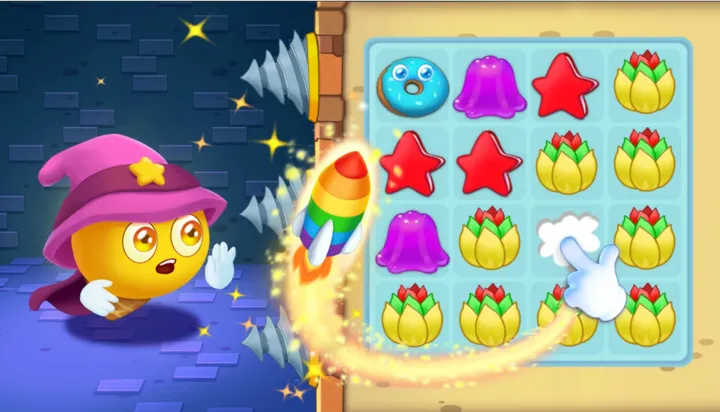
3. Skill vs. Chance: The Match-3 Paradox
Match-3 puzzles always wrestle with the tension between strategy and randomness. In Candy Riddles, this tension becomes especially clear.
H4: Why randomness matters
- Board generation: no two layouts produce the same opportunities.
- Combo luck: powerful matches often depend on chance alignments.
- Frustration factor: skilled players may fail due to bad luck.
Here, players start to question whether wins are earned or handed by the system.
4. The Wall: Levels Designed for Failure
Community discussions highlight “wall levels” — stages designed to be nearly impossible without boosters or multiple retries.
Common complaints
- “It feels rigged to make me lose.”
- “I had only one move left and no matches appeared.”
- “Boosters seem required, not optional.”
These walls create a sharp break in pacing, turning fun into grind.
5. Psychology of the Difficulty Curve
Why design walls at all? Because difficulty is not just a gameplay choice — it’s a psychological tool.
H3: Core psychological triggers
- Challenge breeds engagement: hard tasks feel more rewarding when beaten.
- Intermittent reinforcement: random success keeps players hooked.
- Loss aversion: players spend time or money to avoid failure.
Difficulty spikes thus act as both motivator and monetization driver.
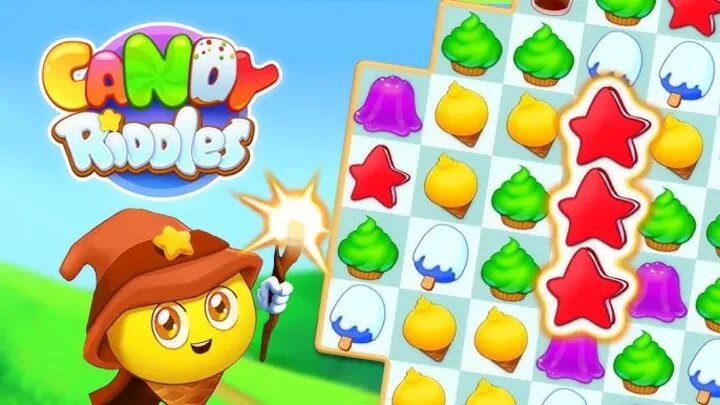
6. Monetization Behind the Candy
Monetization in Candy Riddles ties directly to difficulty. Boosters, extra moves, and lives all exist to soften frustration.
H4: The monetization loop
- Player hits a hard level.
- Frustration builds after multiple failed attempts.
- A purchase offers relief (extra moves or boosters).
- Player succeeds, reinforcing the spending habit.
Difficulty isn’t just a design choice — it’s a business model.
7. Casual vs. Hardcore Audiences
Different player types react differently to the difficulty curve.
- Casuals: play occasionally, expect relaxed fun, quit if frustration builds.
- Hardcore puzzle fans: thrive on challenge, accept retries as part of mastery.
Balancing these groups is nearly impossible, and Candy Riddles often risks alienating one side.
8. Comparisons to Genre Giants
Candy Riddles lives in the shadow of Candy Crush. While similar, its difficulty philosophy differs.
- Candy Crush: smoother progression with more forgiving boosters.
- Candy Riddles: sharper spikes and fewer free tools.
This makes Candy Riddles feel harsher, especially to new players.
9. Community Adaptations
Despite frustrations, communities form strategies to overcome difficulty. Players share tips, guides, and booster timing.
Common strategies shared online
- Save boosters for “wall levels.”
- Focus on clearing blockers, not chasing combos.
- Don’t waste lives — quit early if a board looks impossible.
Community knowledge turns difficulty from an obstacle into a collaborative challenge.
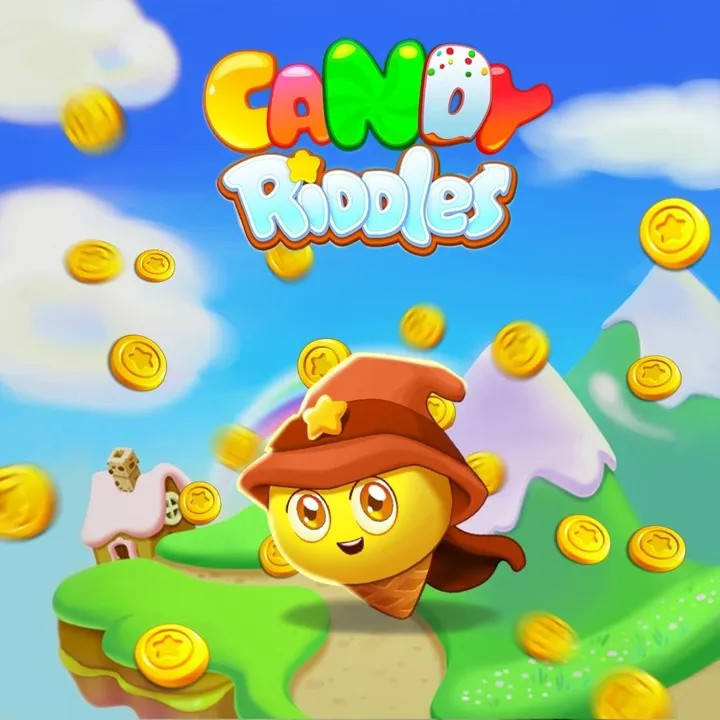
10. Can the Curve Be Fixed?
The big question: is Candy Riddles’ difficulty curve flawed, or essential?
Potential solutions
- Dynamic difficulty adjustment: boards adapt to player skill.
- Better reward pacing: free boosters at harder milestones.
- Transparent design: communicate expected retries per level.
With careful tuning, difficulty could feel fair instead of manipulative.
Conclusion
Candy Riddles thrives on its sugary visuals and addictive mechanics, but its true heart lies in the difficulty curve. What begins as fun soon morphs into frustration, with randomness and monetization shaping the experience. Some players embrace the challenge; others abandon it when the sweetness turns bitter.
Ultimately, the game reflects a truth about the match-3 genre: difficulty isn’t just about fun — it’s about psychology, retention, and revenue. Whether players see it as rewarding or manipulative depends on where they stand in the curve.








